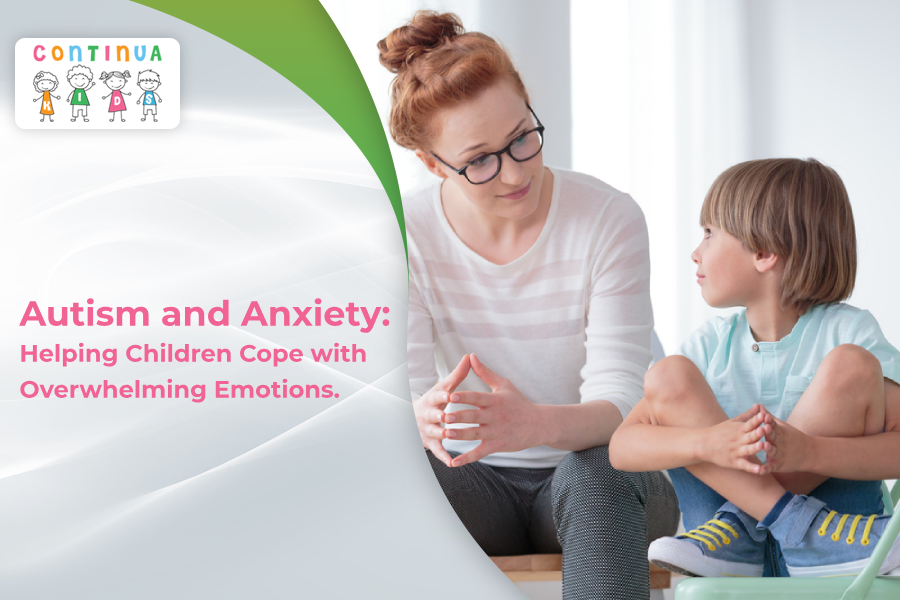These two are the most conventional and scientifically proven approaches to autism spectrum disorder. While there are fundamental differences between the two, both have been approved and proven as a scientific therapeutic modality of choice. To find out more about the two methods, continue reading!
What Is Occupational Therapy?
Occupational therapy can enhance their play, communication, motor, cognitive, and sensory processing abilities. In early intervention, OT works to encourage children\’s and families\’ engagement in daily routines by addressing activities of daily living, rest and sleep, play, education, and social interaction. Occupational therapists improve a family\’s capacity to care for their kid and foster the child\’s growth and participation in the natural contexts where the child and family live, work, and play. The work of occupational therapists is frequently influenced by the objectives that families have for their kids. An OT evaluation of the kid is followed by the identification of daily activities that parents and other caregivers can engage in to help the child develop new skills, improve sensory processing, and reinforce existing ones.
For example, some parents may worry that their child won\’t be able to pick up her food to finger feed. However, an occupational therapist can assist the child to practice skills linked to finger feeding food, such as isolating their index finger and gripping small objects. As a result, the occupational therapist and the parents may devise plans to modify mealtimes with larger portions of food for simpler grasping or to practice pointing to pictures during bedtime stories at night. The idea behind occupational therapy is that because kids learn skills in real-world situations, they will utilize them frequently or every day. Contrarily, ABA prefers to teach skills in one setting and gradually generalize them to other situations and people over time.
What Is Applied Behavioral Analysis?
With the help of ABA therapy, children with ASD can participate more fully at home, school, and in social situations by addressing a variety of challenges they face. The skills that behavior analysts focus on include verbal and nonverbal communication, everyday living, imitation, play, and social skills, cognitive abilities, gross and fine motor skills, and behavioral and safety abilities. Behavior analysts employ behavior analytic principles to teach socially significant skills like language and communication. Behavior analysts instruct autistic children to learn language by associating words with their meaning or function. Verbal behavior does not simply emphasize the use of words as labels (cat, car, etc.). Instead, it teaches the purpose of words and how they can be used to express ideas and make requests.
Second, the word \”behavior\” in \”applied behavior analysis\” refers to the responses of the kid that the therapists watch and track over time. The development of a child\’s skills can be tracked by behavior analysts by observing and measuring real behaviors. These forms of acts include mimicking others, addressing classmates by name, and requesting a favorite snack, as well as maladaptive actions like punching or sobbing.
Lastly, “analysis” refers to the capacity of a behavior analyst to examine the impact of the environmental factors that surround a specific skill and then be able to change the conditions to maximize learning opportunities and skill development. Data collection and instructional skills and strategy modification are required for this. Behavior intervention programs are used to determine the purpose of a child\’s bad behavior and then take appropriate action.
When Can They Be Used Together?
Both OT and ABA are highly goal-oriented and place the primary focus of treatment of individuals with ASD on teaching appropriate skills and behavior to improve quality of life and socialization. A cross-disciplinary treatment strategy is best for patients because many ASD patients have problems that are multi-faceted and involve both behavioral and sensory issues. ABAs are taught to look for opportunities and methods of reinforcement. The performance of age-appropriate self-care, learning, and play tasks can be improved far more quickly by applying that training to the practice of occupational therapy (OT) than by employing each method individually.
What Are The Differences?
ABA employs a diagnostic capability to identify shortcomings and potential remedial strategies. The mental and cognitive conditions are the main focus. The ABA evaluation is a diagnostic technique that can be used to pinpoint problem areas in a person\’s comprehension, communication, and interpersonal skills. In order to improve social adjustment, learning, and achievement in the classroom, the family, and other social situations, applied behavior analysts use a variety of strategies. The child experiences intrinsic and developmental changes as a result of ABA. These advancements relate to and enrich the child\’s experience of life.
The focus of OT is skills that are learned and applied to the environment in which they are taught. The strength of occupational therapy and a key distinction from ABA is the specificity of the learning framework. Physical rehabilitation, restoring physical function, and adapting the patient to working within constraints are the main goals of occupational therapy. The fundamental instrument of occupational therapy is the functional assessment. It serves as the basis for goal-setting that aims to improve the person\’s independence and functional capacity. The evaluation may confirm conclusions regarding the necessity of long- or short-term assistance. It may indicate the necessity to modify the living space by including assistive technology or equipment.
Where To Seek Help?
At Continua Kids, we identify your child’s needs and try to work in the direction which best serves their needs. Through ABA or OT, or a combination of both, we address ASD in the best possible manner.
To obtain the best occupational therapy in Delhi, call us and book an appointment today!




